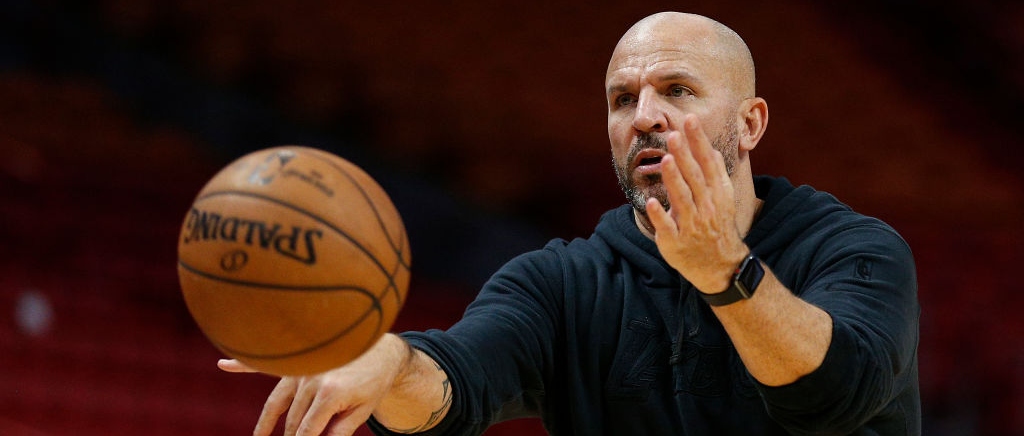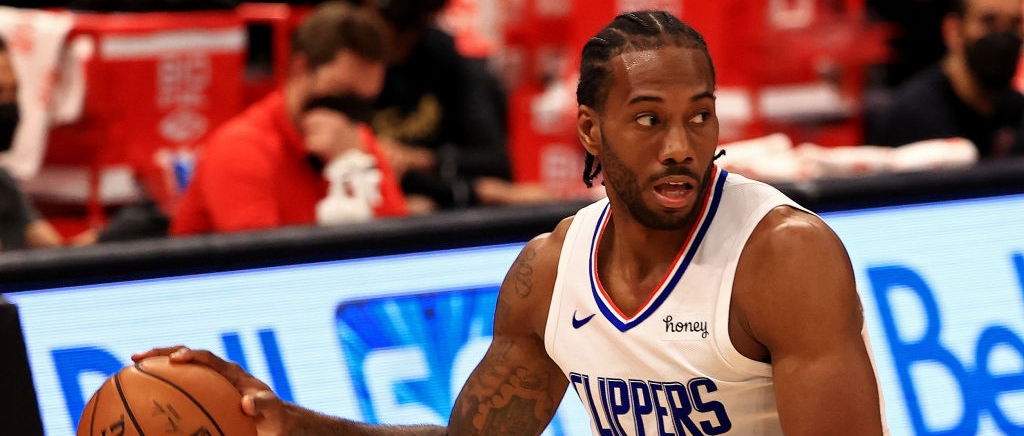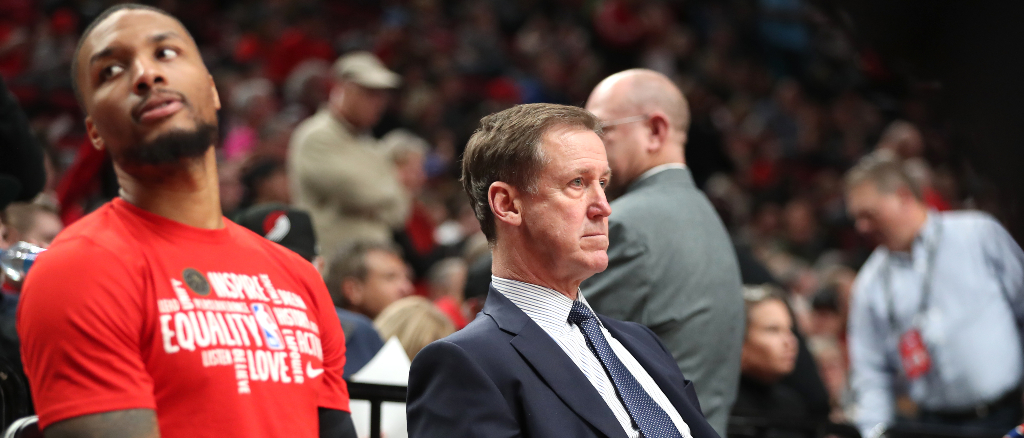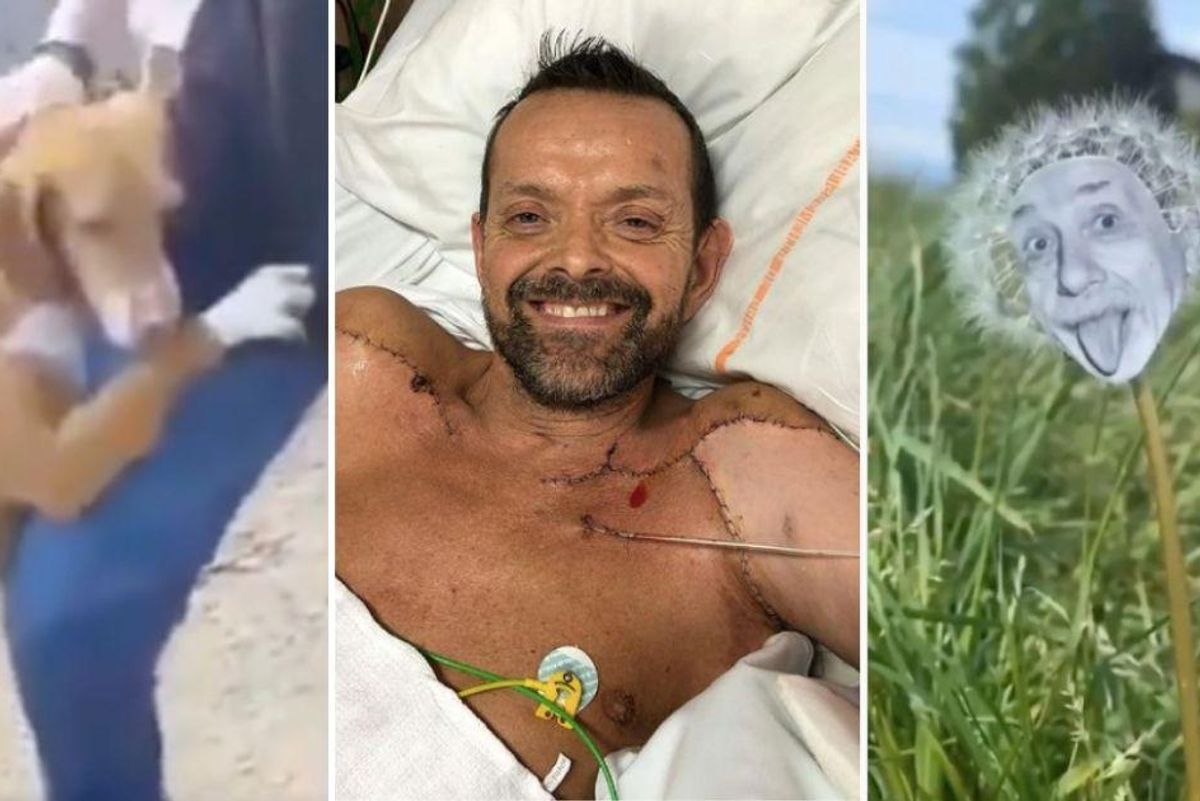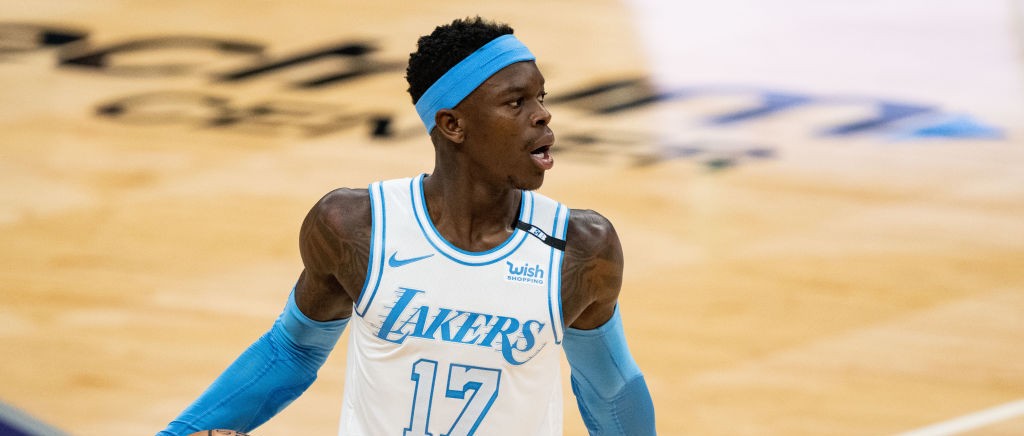This piece originally appeared on Patreon.
Devin Booker entered Tuesday’s pivotal Game 5 against the Los Angeles Lakers in a slump. Across a pair of home games, he lit up the defending champions for 65 points on 61.2 percent true shooting, yet the City of Angles was far less kind to him. In a road split, he averaged just 18 points on 46 percent true shooting.
But then came Games 5 and 6, when he rediscovered his shooting stroke to the tune of 77 points on 77.3 percent true shooting, including 47 on 90.5 percent true shooting in Thursday’s close-out victory on the road. He buried the Lakers with a pair of first-quarter avalanches, dropping 18 and 22 points, respectively, and scripting the ending of those games in the opening frame.
And for Booker, who averaged 29.7 points on 62.6 percent true sohoting against Los Angeles, success in this series was all about space. For long stretches in Games 3 and 4, the Lakers shrunk the floor. They prioritized forcing him away from ball-screens and taking away his right hand. Booker is capable going left, but he is at his best maneuvering with space to his right. That’s where he typically wants to venture and Los Angeles knew it. The results were possessions like these…
The strategy was particularly prevalent during the final five games and most effective in Games 3 and 4. Following those frustrating shooting nights, Phoenix emphasized scheming more space for its star scorer. The Suns began stationing Chris Paul in the corners or utilizing him as a screener more frequently because the Lakers did not consider him a spot-up threat, allowing them to aggressively stunt off of him and inhabit Booker’s sought-after commodity of space.
They were justified and valid in doing so. Paul took four catch-and-shoot threes in the series and all looked at least a little funky. Even in Booker’s Game 5 resurgence, the agenda remained the same: ignore Paul off the ball, take away space for Booker (often to his right), and dare Paul to make long balls.
Let’s contrast two plays a game apart, the first from Phoenix’s series-opening victory.
Look at all that space into which Booker can flow. This is optimal for him. He brandishes a good handle, but is most comfortable when the few dribbles before a shot are used to set up his rhythm rather than requiring him to navigate narrow quarters. A vacant wing and top of the key allow for him to survey the defense, identify his spot and simply dribble as a means of transportation rather than manipulation. It’s a contested shot but that’s a bucket entirely within his wheelhouse.
Contrast that sequence with one from Game 2, where the outcome is less favorable for Phoenix.
As an important distinction, the alignments between these plays are different. In the above clip, Paul is the trigger man up top rather than Deandre Ayton near the free-throw line. The strong-side is empty. But the philosophy remains similar: Booker working off of a pin-down screen into space.
Except, the space doesn’t exist. Likely, he would prefer to scoot toward the right wing and cook downhill. These actions are lethal for him and the Suns when he’s able to carry his momentum into space. But Dennis Schröder, by playing way off of a compromised Paul, clogs the avenue to do so. Booker’s proclivity for using his handle to prime a shot rather than wiggle through small windows of space is evident.
On plays like this, and holistically throughout the matchup, the Lakers’ goal was to reroute his path and invoke a change of direction. Although Dario Saric and Mikal Bridges are a bit slow in organizing their weak-side action — and that takes them out of the play as an option — Paul’s direct involvement and off-ball positioning inhibit Booker.
That is not Paul’s fault. He shouldn’t be initiating here if he’s not a viable passing outlet for his co-star. The pin-downs for Booker demand space. Paul’s presence allowed Los Angeles to omit the “space” portion of that checklist for success.
Observe the convenience of Paul as a screener and how much more seamlessly Booker maintains his momentum into space for rhythm buckets, enabling his dribbling and shot preparation to work in tandem rather than separate components of a multi-step process.
Booker is undoubtedly a skilled enough scorer to thrive on many occasions without being the headlining beneficiary of offensive scheming. His Game 6 explosion and six-year resume exemplify that. But the Lakers’ top-ranked defense, even with Anthony Davis sidelined/not fully healthy and LeBron laboring somewhat, poses a different challenge than most. They have the personnel to counteract Booker’s right-hand tendencies/adroitness and dwindle dimensions of space in which he thrives.
Yet Phoenix responded with the necessary offensive personnel, both players and coaches, to counter the counter. As the series progressed, the Suns tapped into those resources to steer their franchise star back on track.
They slotted Paul in the corners, generally the left one, when the ball was not in his hands, mitigating the risk of his defender muddying Booker’s space in his money zones. They made a concerted effort to clear the right wing or corner to afford Booker the space he desired in getting to his right hand, whether it was his initial path or enjoying the option to snake back there.
Overwhelmingly, the Lakers sat on his right hip. A screen gave him the chance to still proceed as he pleased, but it was much harder if the right wing, or a path to it, was occupied. That caused some trouble for him at times.
The solution was for the Suns to channel their inner Dixie Chicks and generate Wide Open Spaces (I’m sorry … well, not really, it’s a great song). They deserted the right wing, loaded the weak-side and, when applicable, planted a marksman in the corner to keep his defender beholden to him.
Game 5 saw this floor-spacing plan develop most commonly and helped Booker regain his rhythm. He harmoniously reached his go-to spots in a way rarely seen the previous two games and by Thursday, he was just rolling.
He drained a career-high eight threes en route to 33 first-half points and slithered left or right off the bounce. He drilled step-back triples, turnarounds, and a bevy of the contested jumpers he’s authored for years.
His 22 first-quarter points guided the Suns to a 36-14 edge. From that point on, their lead never ducked below 10. He, and they, had all the space they needed.
